Referee-in-Chief Notes
refusal to start play and spectator ejection
Oct 29, 2023
It is important to note the differences in rules and mechanics for dealing with a team's refusal to start play and a spectator whose behavior has adversely impacted the game.
Rule 633a specifically addresses the penalties to be assessed when a team refuses to start play when ordered to do so by the official(s). The proper sequence to follow is: 1) warn the team that they have 15 seconds to be ready to resume play, 2) if they still refuse, assess a bench minor for delay of game, 3) give another 15 second warning, 4) if they still refuse, suspend the game (NOT A FORFEIT) and assess a match penalty to the head coach at the time of the incident. This procedure does not involve running the game clock.
The procedure for dealing with unruly spectators is addressed in the Preface portion of the rulebook in the Zero Tolerance Policy section. When a spectator disrupts the game to the point that they need to be removed from the rink, the official(s) will go to each bench, identify the spectator to the team officials, and ask for them to help with getting the spectator out of the rink. Further, the official(s) will explain to the team officials that if there is no progress in removing the spectator that the game clock will be run and any lost time will not be replaced. The official will allow a short period of time to assess whether there is any progress being made on removing the spectator. If there is none, the official(s) will briefly explain the situation to the timekeeper and instruct them to run the game clock until instructed to stop it. Any penalty time on the clock will be reset when play is ready to resume.
Officials are instructed to 1) adhere to these procedures and not get creative in their application depending on game circumstances, and 2) document the incidents on the game sheet and in an online game report.
running time (more info)
Oct 27, 2023
We've likely all been involved in games where the score becomes lopsided, and the final outcome is obvious. In these situations, coaches may ask to play the balance of the game with running time. Bad things happen with running time, so we can honor their request by cutting the remaining time in half and playing stop time. This is consistent with the running time policy that went into effect in Nov 2019 and was posted here on Sept 25 (scroll down). It is up to the coaches to request this. This was communicated to CHC member organizations on Oct 24, 2023.
Mouthpiece Requirements
Oct 18, 2023
Players in age groups 12U and above, in both youth and girls classifications, are required to wear mouthpieces per Rule 304f. This is a USA Hockey rule and may not be waived by a local league.
There is a misconception that only players in the body checking classifications are required to wear mouthpieces. This is not true. Even though 12U is not a body checking classification, players are still required to wear mouthpieces. The CHC Player Safety Coordinator sent a blast email to all CHC member organizations clarifying this. There is no reason that any coach should be questioning this rule.
Officials, please continue to the same standard of enforcement that you have been using all along.
Period Shortening and Running Time
Sept 25, 2023
Confirming that the policy for shortening periods and using running time that was in place for the 2022-2023 season continues to be in place for the 2023-2024 season. In short, running time is not permitted, and it is up to the home team to determine whether period lengths should be adjusted. If rink staff terminates the game with playing time remaining on the clock, note it on the scoresheet.
The following is the guidance, verbatim, that went out to the CHC member programs in Nov 2019:
To clarify the interpretation and application of Rule 6(A)(2) of the Connecticut Hockey Conference Rules and Policies regarding duration of periods and “curfew” games, the Executive Committee is issuing the following statement:
With regard to Rule 6(A)(2), as stated, it is the expectation of the on-ice officials that the home team has scheduled sufficient ice time to complete three periods of the required duration (see Table 1) for the age level playing, employing standard stop time play, as stated in the opening paragraph. Typically, a good rule of thumb is to take the required stop time for three periods and double it. As an example, if a 10U game is to consist of three 12-minute periods, that is 36 minutes of stop time. A reasonable amount of time to schedule is therefore 72 minutes, or 1hour 10 to 1 hour 15 minutes. The on-ice officials are not obligated to investigate each rink’s policy to determine if ice slots are flexible, if there is cushion built into the schedule, etc.
The phrase, “However, when that becomes impossible” places the burden on the home team to know if their ice slot is sufficient to play full periods of stop time and notify the on-ice officials before the game if there is the possibility that the available time will not permit full stop time completion. At that point, the game becomes a “curfew game” per USA Hockey rules, CHC Rule 6(A)(2)(a) becomes in effect, the on-ice officials will adjust period duration as necessary, and no timeouts will be granted for either team for the duration of the game.
If a game runs unusually long, regardless of the reason, it will continue to be the expectation of the on-ice officials that the game will be played to its natural conclusion with full stop time. If the home team is aware of a time limitation, it is their responsibility to notify the on-ice officials before the start of the third period, who will at that time make the determination as to the appropriate duration of the third period in stop time and notify both benches. At that point the game becomes a “curfew game” and no timeouts will be granted for either team for the balance of the game. At no time after an adjusted third period has begun will time be added to the game clock. This includes the situation where the game ends and there is still time remaining in the ice slot.
Teams are reminded that if games are allowed to continue beyond their scheduled end time, this may impact officials’ availability. Many officials work multiple sets in different rinks on the same day. Having one set go long may mean the official is late for another set or that they must leave early from the first set. It behooves all the youth hockey organizations to stay on schedule.
Penalty Durations
Sept 24, 2023
Confirming that the penalty durations put in place for the 2022-2023 season are still in effect for the 2023-2024 season:
| Period Length | Minor | Major | Misconduct |
|---|---|---|---|
| 12 mins or less | 1:00 | 3:00 | 6:00 |
| More than 12 mins, less than 17 mins | 1:30 | 4:00 | 8:00 |
| 17 mins or more | 2:00 | 5:00 | 10:00 |
Roster Sizes for 18U Tier 1
Jan 24, 2023
For the 2023-2024 season, a USA Hockey pilot program is expanding the roster size for 18U Tier 1 teams to 22 players, up to 20 of which may be skaters. This is only for 18U Tier 1 teams. The standard roster size of 20 players, up to 18 of which may be skaters applies to all other age divisions and tiers.
Neck Laceration Protectors
Feb 22, 2022
Beginning March 1, 2022
- All players on USA Hockey teams governed by the CHC affiliate must wear BNQ certified neck laceration protectors for all games, both in state and out of state
- Out-of-state teams playing in CT are not required to wear such protection unless mandated by their affiliate
- Officials are encouraged to discuss this with coaches during the pregame chat to avoid any surprises when the game starts
- For a 1st violation, the player will be sent off the ice and the team will be given a warning
- For a 2nd violation by any player on a team who has been previously warned, the player will be assessed a misconduct
Oops!
You have unsaved elements
Please save or cancel the pending changes to the elements within your page and then try saving again.

 Avon Canton Farmington Panthers
Avon Canton Farmington Panthers
 Capital Wolves
Capital Wolves
 Central Connecticut Capitals
Central Connecticut Capitals
 Connecticut Chiefs
Connecticut Chiefs
 Connecticut Clippers
Connecticut Clippers
 Connecticut Gamechange
Connecticut Gamechange
 Connecticut Hat Tricks
Connecticut Hat Tricks
 Connecticut Jr Huskies
Connecticut Jr Huskies
 Connecticut Jr Rangers
Connecticut Jr Rangers
 Connecticut Polar Bears
Connecticut Polar Bears
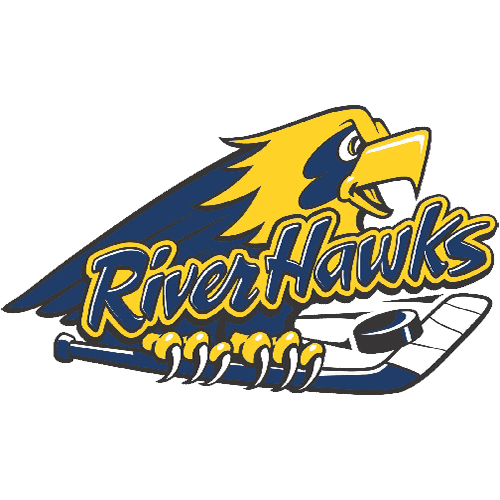 Connecticut RiverHawks
Connecticut RiverHawks
 Danbury Jr Hat Tricks
Danbury Jr Hat Tricks
 Darien
Darien
 East Haven
East Haven
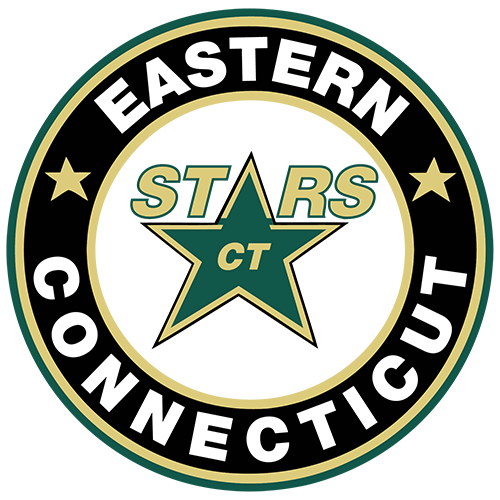 Eastern Connecticut Stars
Eastern Connecticut Stars
 Elite Hockey
Elite Hockey
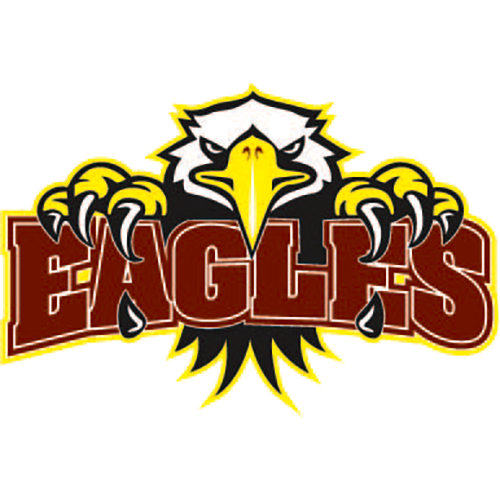 Enfield Eagles
Enfield Eagles
 Greater New Haven Warriors
Greater New Haven Warriors
 Greenwich Cardinals
Greenwich Cardinals
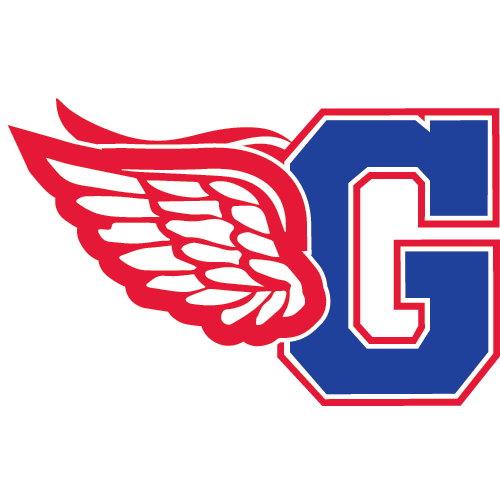 Greenwich Skating Club
Greenwich Skating Club
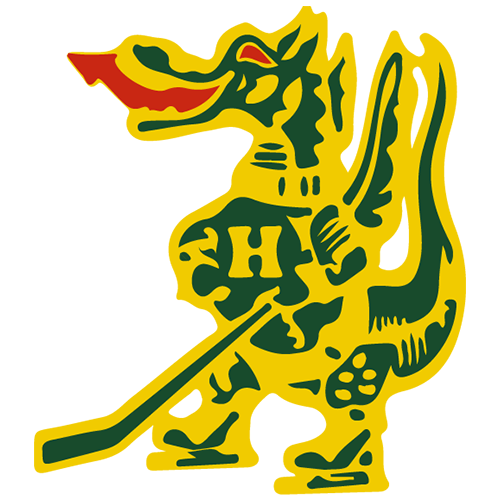 Hamden Dragons
Hamden Dragons
 Hartford Jr Wolfpack
Hartford Jr Wolfpack
 Mid Fairfield CT Stars
Mid Fairfield CT Stars
 Mid Fairfield Rangers
Mid Fairfield Rangers
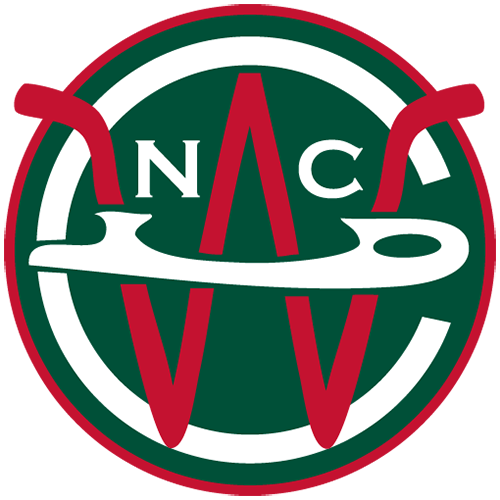 New Canaan Winter Club
New Canaan Winter Club
 Northern CT Lights
Northern CT Lights
 Northern CT Nor’Easter
Northern CT Nor’Easter
 Northwestern Connecticut Icehawks
Northwestern Connecticut Icehawks
 Norwich Hockey Club
Norwich Hockey Club
 Pawling Pride
Pawling Pride
 Putnam Panthers
Putnam Panthers
 Ridgefield Lions
Ridgefield Lions
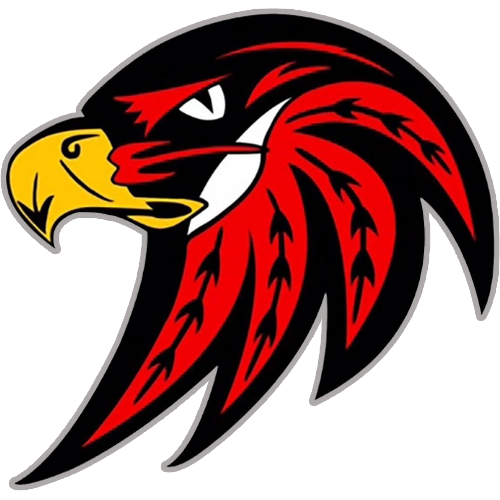 Salisbury Redhawks
Salisbury Redhawks
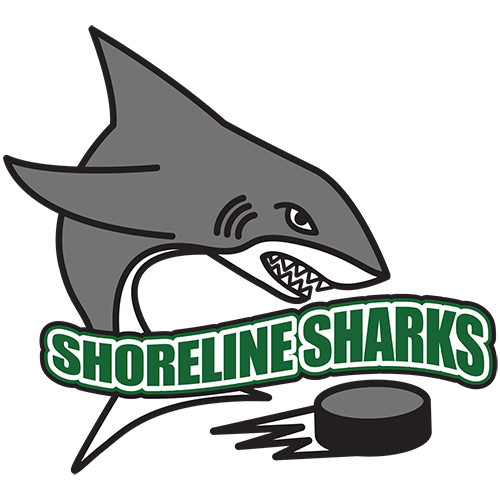 Shoreline Sharks
Shoreline Sharks
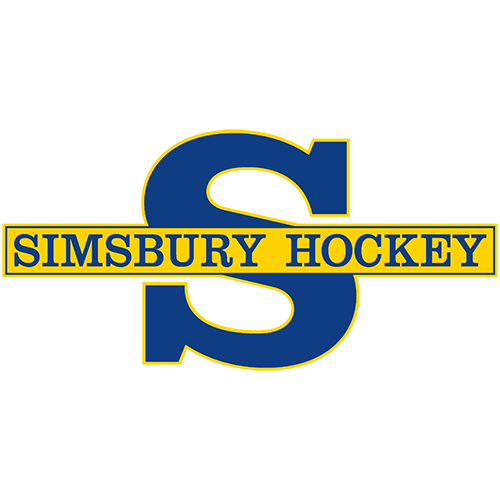 Simsbury
Simsbury
 South Windsor Knights
South Windsor Knights
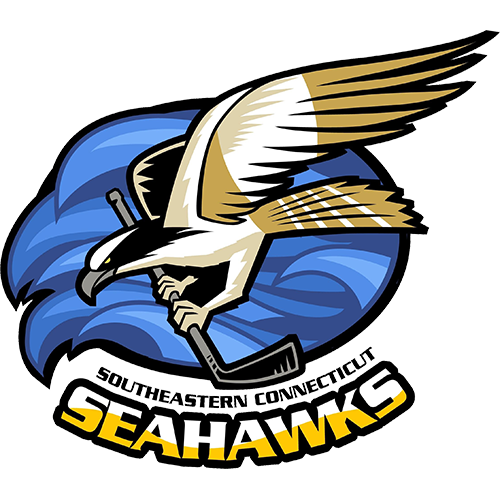 Southeastern Connecticut Seahawks
Southeastern Connecticut Seahawks
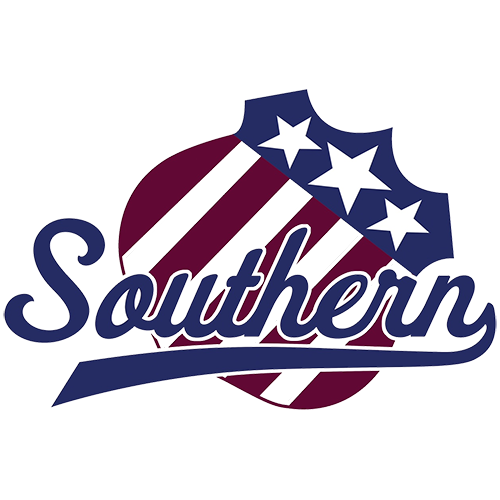 Southern Connecticut Stars
Southern Connecticut Stars
 Stamford Sharks
Stamford Sharks
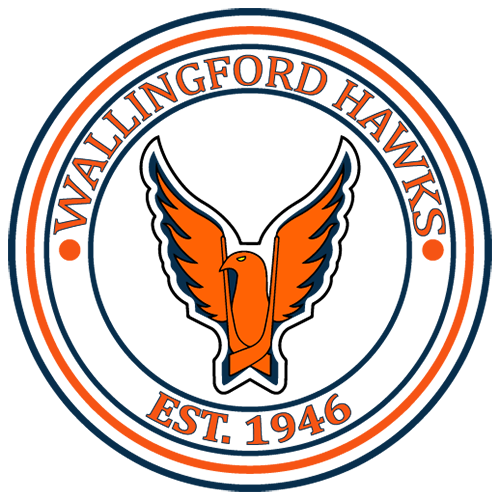 Wallingford Hawks
Wallingford Hawks
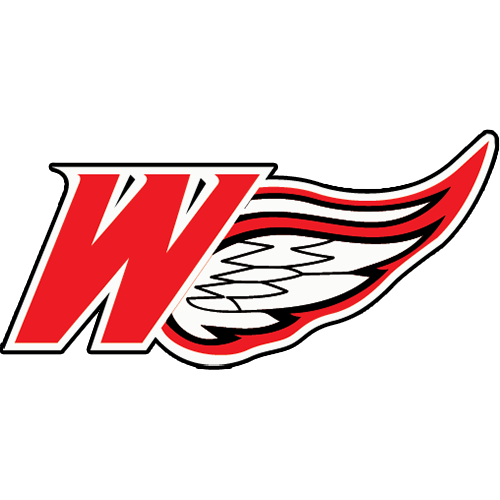 Watertown Redwings
Watertown Redwings
 West Hartford Wolves
West Hartford Wolves
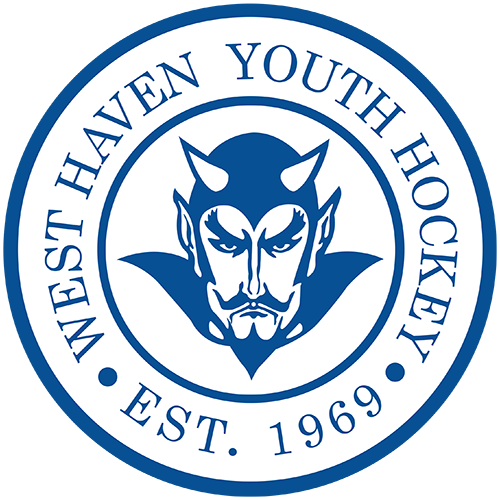 West Haven Blue Devils
West Haven Blue Devils
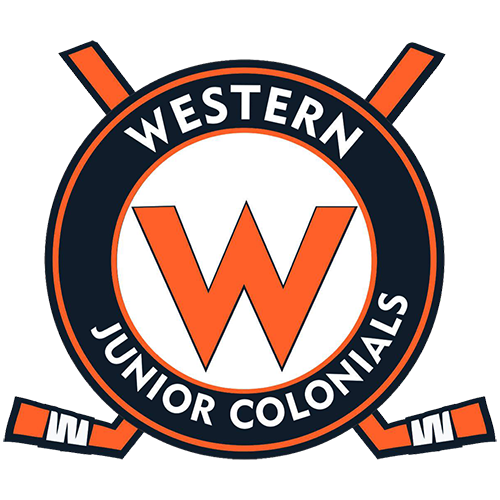 Western junior Colonials
Western junior Colonials
 Wonderland Wizards
Wonderland Wizards
 Yale Junior Bulldogs
Yale Junior Bulldogs